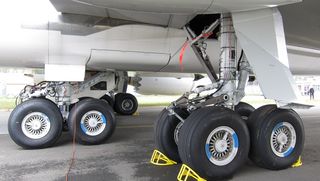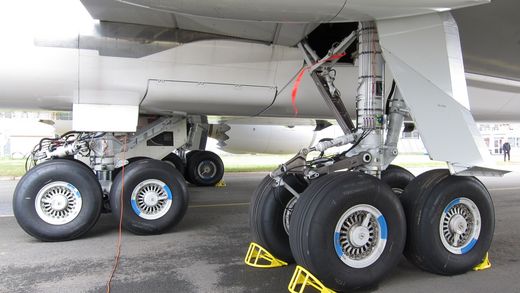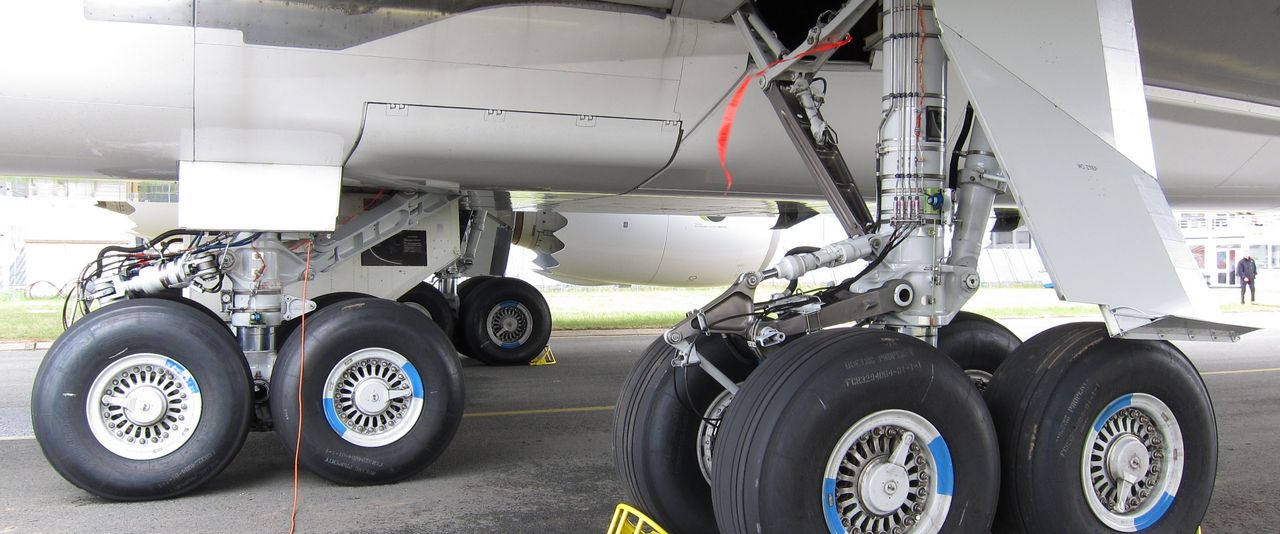To Each Their Own When Grinding Aerospace Blades, Vanes and Shrouds
All aerospace manufacturers want high part quality and increased production output, but how they achieve these goals when it comes to surface and profile grinding jet engine components such as blades, vanes and shrouds often differs. Some aerospace shops want the capability to do as many operations on one machine platform as possible, with the smallest number of required part clampings and at a high level of automation. Others, however, will gravitate towards multiple single-process grinding systems that are less complex in nature, yet just as productive and precise.
As a grinding machine OEM, we at UNITED GRINDING North America must understand that not all aerospace shops have the same preferences regarding their approaches to part production. For that reason, the first question we ask a shop is whether they want to use a high level of automation for unmanned operations or simple manned machines to achieve their particular manufacturing goals?
If a shop wants unmanned operations, that will require more complex machines and processes. These complexities are also more on the side of engineering and the technology itself – fixturing is more complex, as is programming. Conversely, shops that aim for less complex processes will require simple, high-output machines with straightforward fixturing and programming. Regardless, grinding system suppliers must provide the technology for both of these aerospace surface and profile grinding process approaches.
With either manufacturing approach, the number one concern is that the workpieces involved are extremely expensive. Secondly, the quality of the finished component must be as close to perfect as possible. Finally, the grinding process must be stable and consistent day after day and year after year.
These and other aerospace manufacturing demands on both machines and processes has influenced the grinding machine technology OEMs such as UNITED GRINDING develop. In aerospace blade, vane and shroud production, for instance, two such dominant technologies are continuous dress creep feed (CDCF) and conventional creep feed systems.
The CDCF grinding process was developed specifically for the turbine industry. The machines are complex and the process can be somewhat costly in terms of consumables, as grinding wheels that are continuously dressed and thus wear faster. But the process is extremely reliable and highly productive, which has resulted in CDCF technology’s widespread use in the aerospace industry, especially in fully automated operations.
It is for this reason that MÄGERLE MFP 50 and MFP 51 and the BLOHM PROFIMAT MC 607 systems from UNITED GRINDING are well equipped with such features as 5-axis capabilities, wheel and work pallet changing, in-process measuring, and other features specifically developed for unmanned operations. For further versatility, the addition of milling and drilling capabilities ensures the highest level of multi-tasking efficiency and the ability to finish parts completely in single machine setups.
For those aerospace shops that want high-output part processing, UNITED GRINDING’s BLOHM PROFIMAT MT and PLANOMAT grinding machines offer high horsepower for aggressive stock-removal rates and ball screws with AC-servo drives for faster infeed speeds and accelerations, as well as table speeds up to 40 m/min. On these machines, shops often run electro-plated CBN grinding wheels that are non-dressable, thus eliminating the need for numerous ancillary components like dressing units. Creep feed grinding with CBN wheels is used mainly to process vanes in multi-axis operations.
At the end of the day, the systems delivered by UNITED GRINDING North America – whether simple or complex, CDCF continuous dress or conventional creep feed – must have all the necessary capabilities and accessories needed for high-quality, high-output blade, vane and shroud production. In the future, the challenges in aerospace will involve newly developed part materials, and OEMs like UNITED GRINDING must continue to work closely with aerospace manufacturers to ensure they always have the best grinding technology, a proven process designed specifically for their part application and production needs, and support for these systems long after installation.









